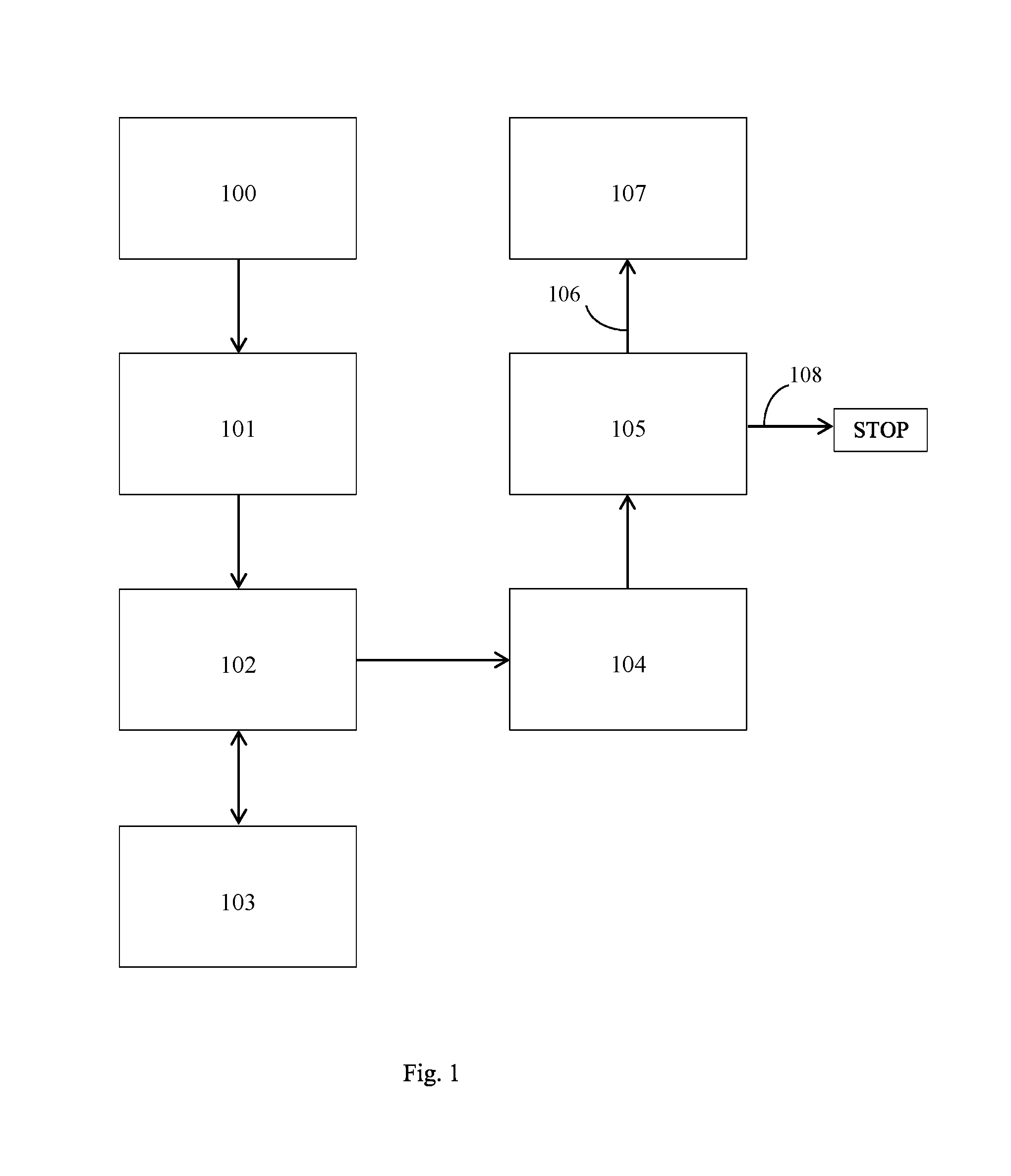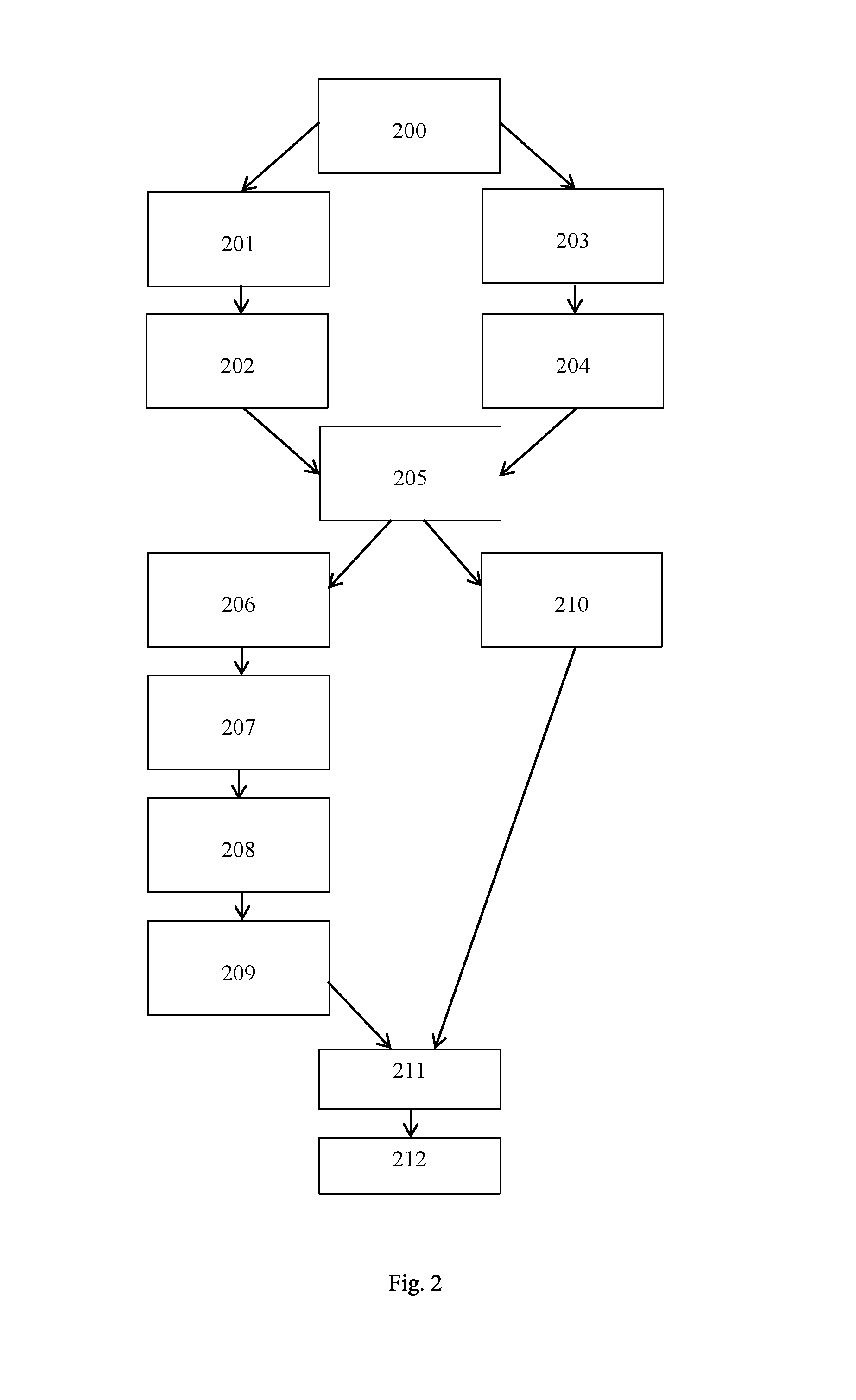System and method for identification of automated browser agents
a browser agent and system technology, applied in the field of system and method for identification of automated browser agents, can solve the problem that data is not necessarily high quality, and achieve the effect of low probability of being seen
- Summary
- Abstract
- Description
- Claims
- Application Information
AI Technical Summary
Benefits of technology
Problems solved by technology
Method used
Image
Examples
Embodiment Construction
Definitions
[0017]HTML (HyperText Markup Language). The primary programming language used for creating, transmitting and displaying web pages and other information that can be displayed in an Internet browser.
[0018]HTTP (Hypertext Transfer Protocol). The standard World Wide Web client-server protocol used for the exchange of information (such as HTML documents, and client requests for such documents) between a Web browser and a Web server. HTTP includes several different types of messages which can be sent from the client to the server to request different types of server actions. For example, a “GET” message, which has the format GET , causes the server to return the content object located at the specified URL.
[0019]Means for detecting. This term includes, but is not limited to, inserting a code snippet into a page HTML code before the page is sent to a browser.
[0020]The present invention discloses both passive and active probing models for the collection of qualitative metrics eval...
PUM
 Login to View More
Login to View More Abstract
Description
Claims
Application Information
 Login to View More
Login to View More - R&D
- Intellectual Property
- Life Sciences
- Materials
- Tech Scout
- Unparalleled Data Quality
- Higher Quality Content
- 60% Fewer Hallucinations
Browse by: Latest US Patents, China's latest patents, Technical Efficacy Thesaurus, Application Domain, Technology Topic, Popular Technical Reports.
© 2025 PatSnap. All rights reserved.Legal|Privacy policy|Modern Slavery Act Transparency Statement|Sitemap|About US| Contact US: help@patsnap.com



